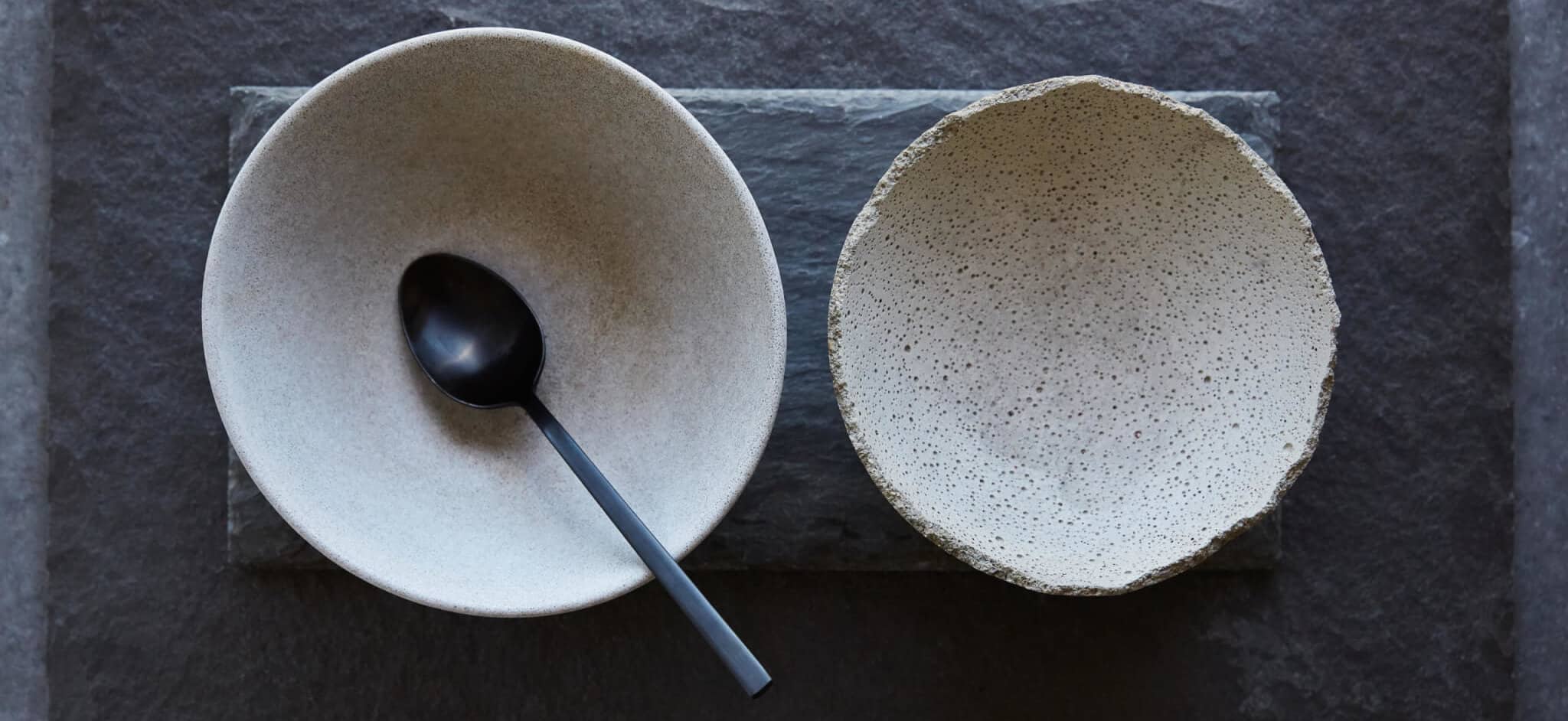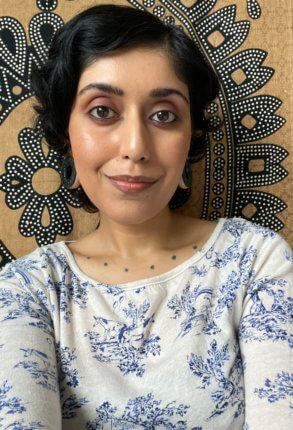MINIMAL AND EUROCENTRIC DESIGN STANDARDS INHIBIT BIPOC SUCCESS

THE LIBERATED BEAUTY SERIES :
MINIMAL AND EUROCENTRIC DESIGN STANDARDS INHIBIT BIPOC SUCCESS
By Christine Jairamsingh
The increasing visibility and popularity of clean beauty, herbal remedies, and sustainable fashion has created a push towards the homogenization of aesthetics. For many years, these types of products were found on natural food store shelves, in cultural grocery stores and farmers’ markets. They were unassuming, largely unfocused on appearance, and mainly appreciated for their content and benefits. Brands associated with a natural lifestyle weren’t typically found in mainstream and large retailers, and, as a result, exercised the freedom of having a variety of options in their “organic” state. Being subject to any type of standard projected by an industry or the pressure to rise above competition was hardly a factor and the main focus was what the products were capable of, as well as the quality of ingredients and formulations.
Over the past ten years, entire industries have formed around the interest and demand in natural and clean products and the lifestyle that it’s paired with. Whole foods, plant-based diets, organic and sustainable textiles, and beauty products mainly composed of oils, butters and herbs have all risen to popularity. Personal values and rituals have entirely shifted, bringing these fringe products and topics to the forefront (in a western context), but with demand has come the pressure to abide by common principles of self-promotion and, ultimately, an expectation to submit to marketing tactics and aesthetics that are seen as trendy, desirable, and even luxurious.
The notion of “luxury” attached to organic and natural products is one that has led brands to extract themselves from grassroots, folk and possibly even more “authentic” settings in favor of being displaced and thrust into facing competition in the global marketplace. An online presence is a requirement in order to garner sales and has made the need to select one’s level of visibility abundantly clear. Either choosing to stay in small marketplaces, with a group of loyal fans, or taking the prescribed steps that are essential for businesses to be seen, gain traction and pursue more growth.
One of the primary ways, and arguably the only way, a natural, clean and/or sustainable brand can gain approval and find their way to the eyes of online shoppers and large retailers is by having the “right” aesthetic. Furthermore, being featured on “best of” lists in magazines and sought after by influencers is very clearly dependent on visual appeal. The exponential commodification of clean beauty, natural health and sustainable living has fostered a standardization of appearance to the point that it’s obligatory. If a brand does not adhere to marketing and branding norms, it is denied mainstream acceptance.
Minimal fonts, neutral tones and streamlined packaging ; luxe, chic but never loud. Social media pages of brands adhere to these aesthetic elements, ensuring that the people and places featured don’t step outside of a low-key, California-esque look and feel of abundance, happiness and health. Overall, there is a void of color and culture, an ironic fact considering the places where inspiration and many of the ingredients being used are derived from: vibrant cultures where color is the mainstay and decadent and ornate patterns are embraced and promoted, where rich lineages of traditional self-care and adornment has been passed down over thousands of years. Oftentimes, these origins act as a foundational spark and essential reference for product creation in the natural, clean and sustainable space.
Stepping foot in a natural beauty or sustainable fashion retailer almost always ensures an expected experience of subdued tones, plants and perfectly invested in and marketed products and pieces. It leaves very little room for deviation, and, in the case of products and designs by BIPOC creators who value a colorful and potentially cultural aesthetic, they do not fit in. This is reflected in the stark lack of BIPOC-owned brands in these environments, and, even with the push to be more inclusive over the last year, brands that abide by what is considered to be a more minimal and Eurocentric aesthetic are more likely to be accepted, elevated and taken in.
In these spaces, the vibrancy that is generally associated with BIPOC culture is one that is considered to be “other”, “too much” and potentially even seen as “off trend” or a signifier of poor taste. These perceptions and subconscious beliefs are a reflection of the inherent racism that is embedded in how western standards of success and imagery are proliferated in everything that we consume. The mainstream perspective is only to see value in what abides by a predictable and expected formula and is a vote for keeping things the same as they’ve always been. There’s an unsaid acceptance that anything that falls outside of the norm is inferior. By only supporting sterile environments where BIPOC brands and creations have been chronically dismissed, never elevated or welcomed, we are indirectly saying that they should continue to be excluded on the basis of their aesthetic.
Why are some products relegated to drugstore aisles, beauty suppliers, and health food stores versus department stores and high-end retailers? What makes the difference? Quality exists on a spectrum, and, in many cases, is subjective. The main defining and distinguishing factors are outward appearance and access. Status means having the ability to form connections with “the right people” which is primarily a white privilege. There is a predominance of white individuals in positions of power at top retailers, publications, and PR firms. Having the resources to invest in self-promotion, marketing and branding is yet another obstacle to success.
This is not to say a minimalist aesthetic is exclusively European, nor that BIPOC only have a preference for colorful and culturally-inspired designs. It is solely to highlight the fact that if BIPOC veer outside of expected aesthetics, that they are even more unlikely to be embraced by retailers and in online environments, which can stifle their success. Like many things, it’s about proximity to whiteness and having a look that is considered approachable by white standards.
This is a reflection on the rise of the popularity of a natural lifestyle and what is considered to be “conscious living” in a mainstream, western context. An appreciation and reverence for natural, organic and sustainable ways of living is largely present in Indigenous and traditional cultures from around the world and has been for thousands of years.
Some questions for reflection:
1. What do we deem as high quality and desirable and why?
2. Why are certain aesthetics associated with better quality?
3. Why do we choose some retailers over others? Does their aesthetic impact our allegiance?
4. How can we support BIPOC-owned brands and increase their success when they deviate from a minimal and Eurocentric appearance?
THE LIBERATED BEAUTY SERIES

This was a great read, and has definitely given me something to think about. Thank you.
Thank you for appreciating, Erin! We are honored to continually learn from Christine. Have you gotten the chance to read the second post she wrote for us?